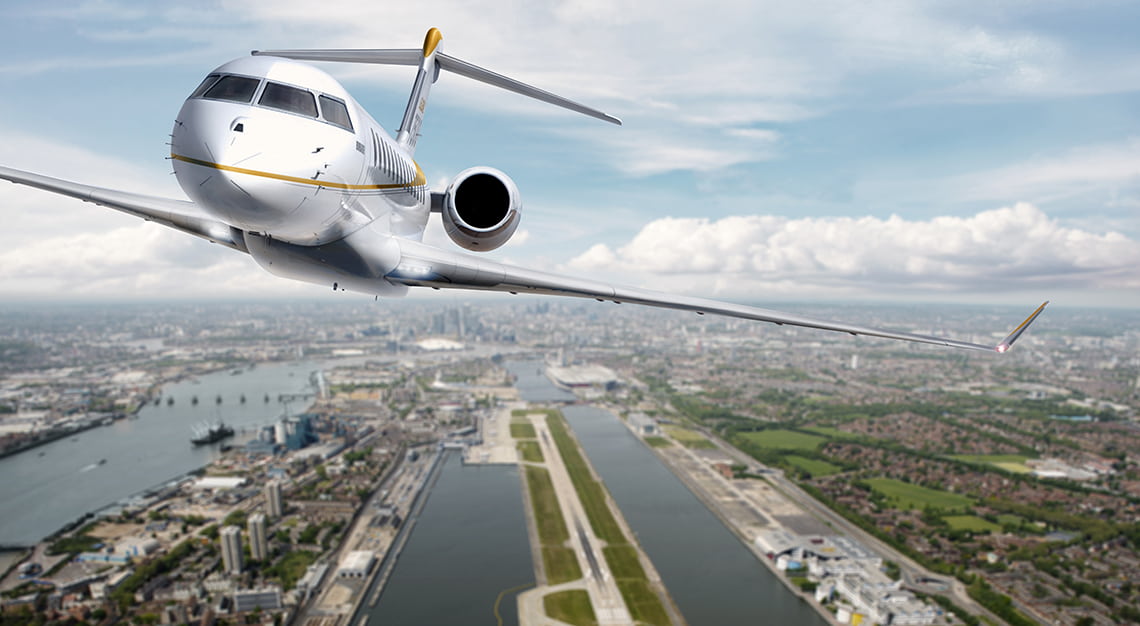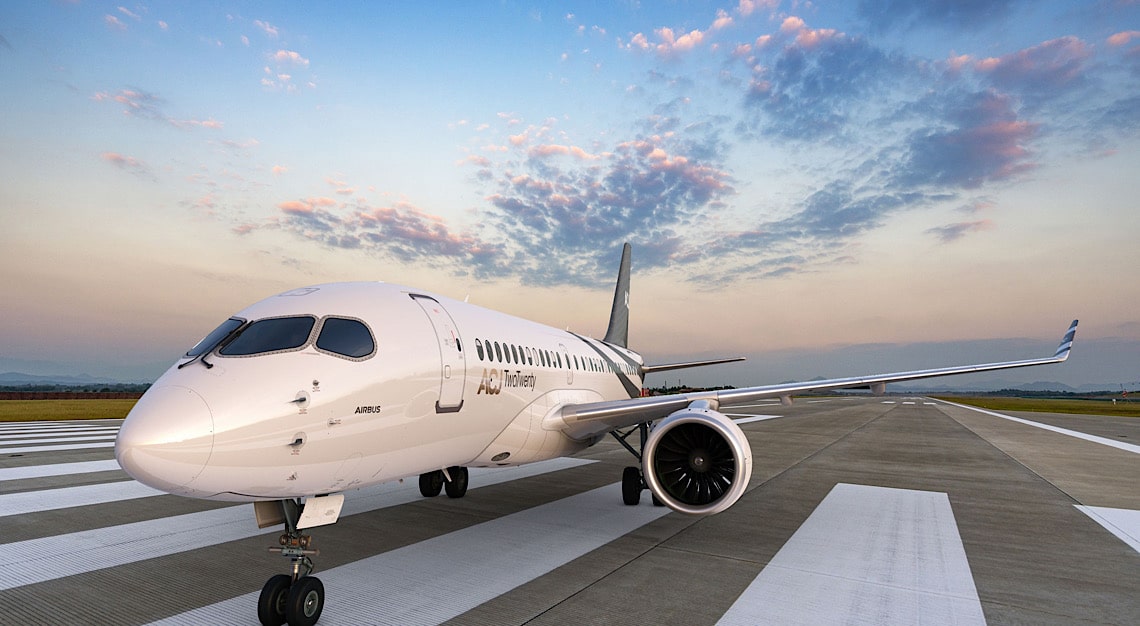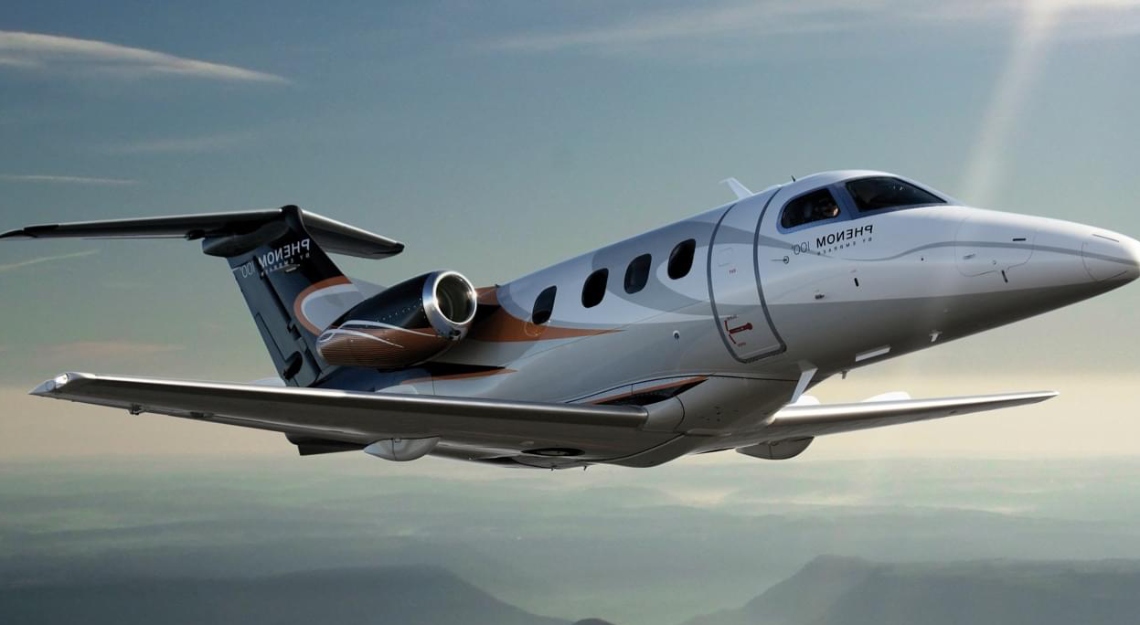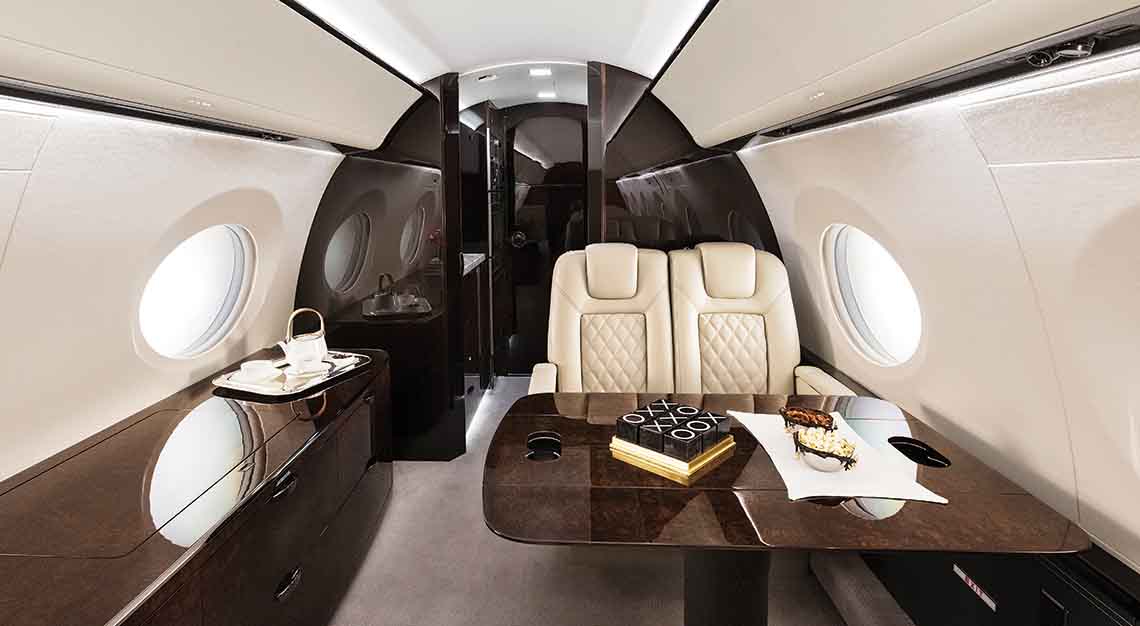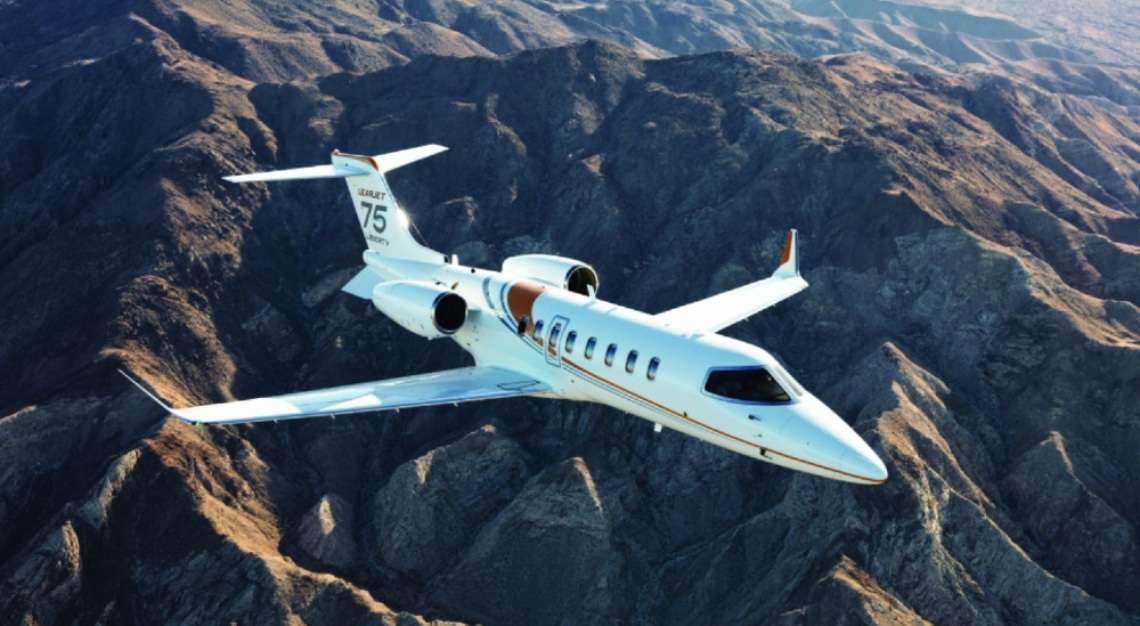As more private jets take to the skies, the private aviation industry sheds light on key trends, particularly in the Asian market.
In the world of business where time is money, private aircraft have become indispensable to the fast-paced lifestyle of the wealthy and powerful. Corporations such as Ford, Facebook and Google have benefited from having a private fleet of jets at their employees’ disposal – although they’re mostly reserved for top-level executives, who at times take personal trips to their colleagues’ dismay.
According to Honeywell, aircraft manufacturers are likely to supply about 7,600 new private jets between 2020 and 2029, which works out to two private jet deliveries each day. Ahead of the Singapore Airshow 2020, which will take place from 11 to 16 February at the Changi Exhibition Centre, we suss out key trends of private aviation.
Shared Ownership
Fractional ownership has been, in recent years, adopted on a larger scale by a bevy of industries such as yachting and real estate. In Asia, it’s slowly gaining traction as well, as buyers increasingly favour owning the actual asset over a timeshare.
It’s only a matter of time before the private aircraft industry jumps aboard the co-owning bandwagon. Considering that it can cost anywhere between US$3,000 (S$4,154) and US$5,000 (S$6,924) a month to maintain a four-seater plane, even if it’s sitting idle, sharing ownership of the vehicle allows owners to get more bang for their buck while keeping their carbon footprint in check.
Nick Johnstone, director of Singapore Air Charter, shares: “Fractional ownership enquiries, previously not embraced locally, show signs of an emergence. The benefits of sharing the cost of an aircraft between four to six individuals or organisations certainly has its advantages when it comes to capital outlay, fixed operating costs and the aircraft type.”
He adds: “Going forward, we predict an increase locally in the shared ownership of aircrafts. Singapore Air Charter is also currently inviting expressions of interest from suitable patrons for a shared ownership scheme, many of which are already widespread in the US and Europe.”
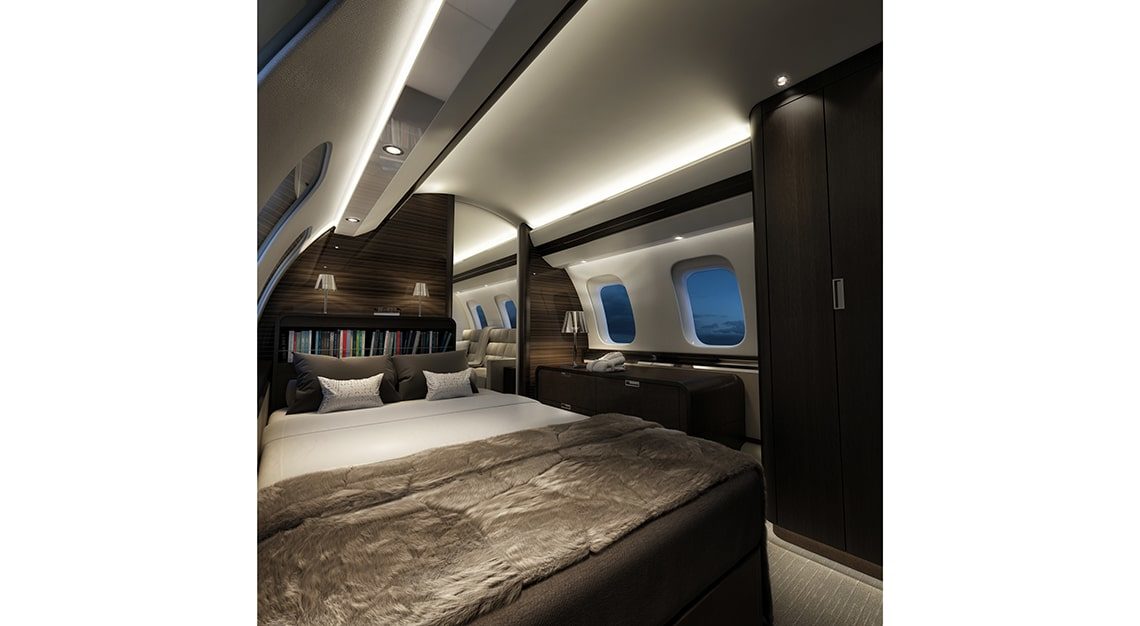
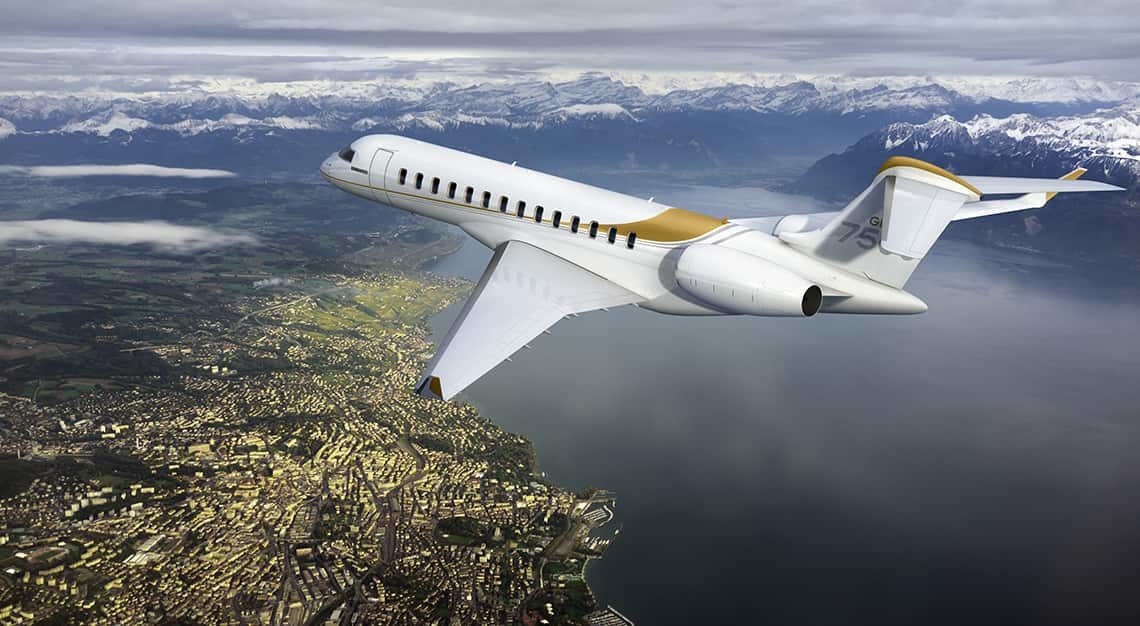
Supersonic Bizliner Boom
The market seems to be steadily growing as well, with a 12.5 per cent increase in new business jet deliveries seen in the first half of 2019, according to the General Aviation Manufacturers Association. While those in favour of fractional ownership are looking to cut costs, others prefer to fork out hundreds of millions to purchase bizliners, commercial aircraft that have been converted for private use. These flying mansions take traditional business jets up a notch and offer dedicated spaces for work, dining and relaxation.
“As the most exclusive and capable business jets, bizliners are most sought after by ultra-high-net-worth individuals. It’s the preferred choice of governments for head-of-state operations or other high-importance missions,” explains Alex Fecteau, the director of marketing of Boeing Business Jets.
“One of the most important reasons for this is that bizliners are built from commercial platforms that are far more robust and reliable than any other traditional business jet.”
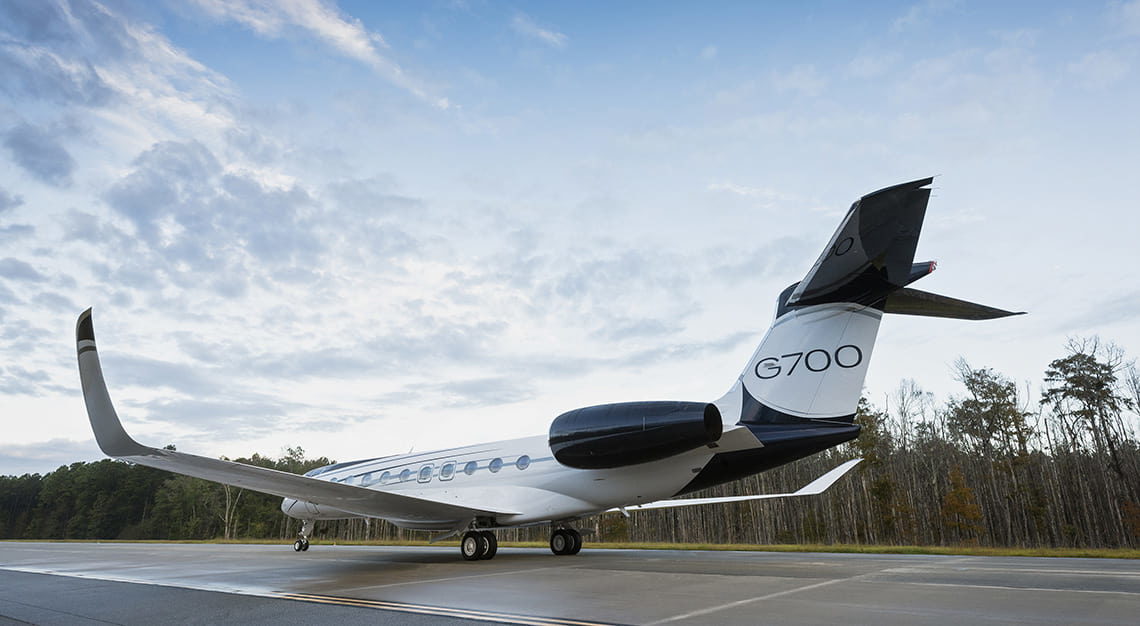
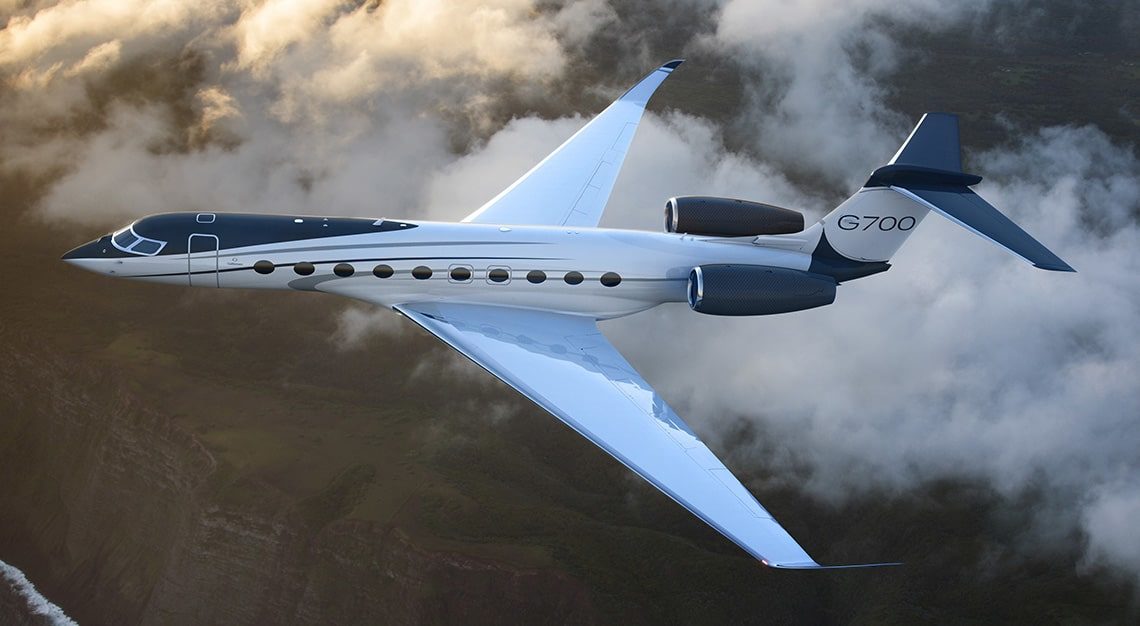
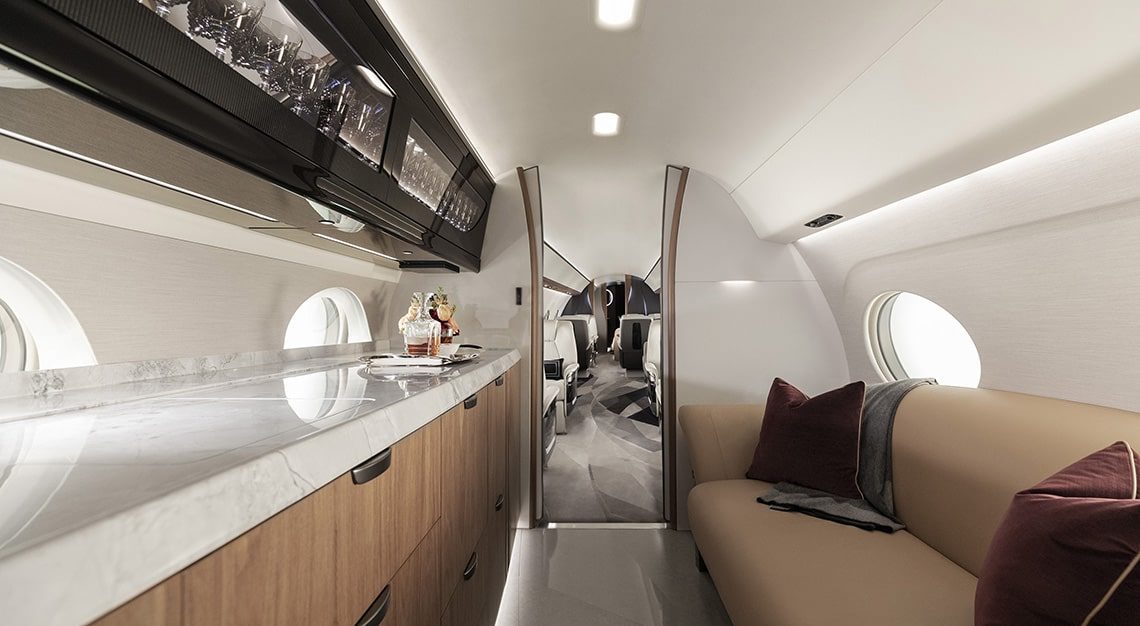
Big is Beautiful
As hinted by the growing popularity of bizliners, the market leans towards larger, long-range jets. This segment of large planes is set to double in the next decade, says Fecteau.
“Customers prefer larger, longer-range cabin jets (which essentially constitute airplanes that have a cabin volume of 28.3 cubic metres and up, and fly over 8,797 kilometres) and this trend shapes jet market development,” shares the marketing director. This trend has taken hold particularly in Asia as business travellers based in Singapore, for instance, often have to traverse longer distances to Europe and North America. Having more space allows them to fly comfortably for 16 hours straight.”
He continues: “About 24 per cent of aircraft delivered and 27 per cent of all business jet orders in 2018 were large, long-range jets. Although all business jet segments grew over the last 20 years, the proportion of large and long-range business jet aircrafts in service grew much faster. Between 2000 and 2019, the number of long-range jets grew between three- and four-fold, compared to other business jet segments, which grew from under one-fifth of in-service business jets to one-third.”
This comes after the unveiling of Bombardier’s Global 7500, the largest, longest-range and most expensive jet in the world that entered service in December 2018. As an answer to the nearly S$100 million aerospace behemoth by Bombardier, Gulfstream launched its flagship G700 business jet in October 2019. While the latter secured 10 orders at launch from a division of Qatar Airways, the Global 7500 has sold out through 2021.
But would the market be seeing the introduction of ultra-large wide-body business jets in the future? Fecteau says: “There is a limited market for those, usually limited to select head-of-state operations and sometimes charter operations. The plan is to focus on narrow and wide-body models instead.”
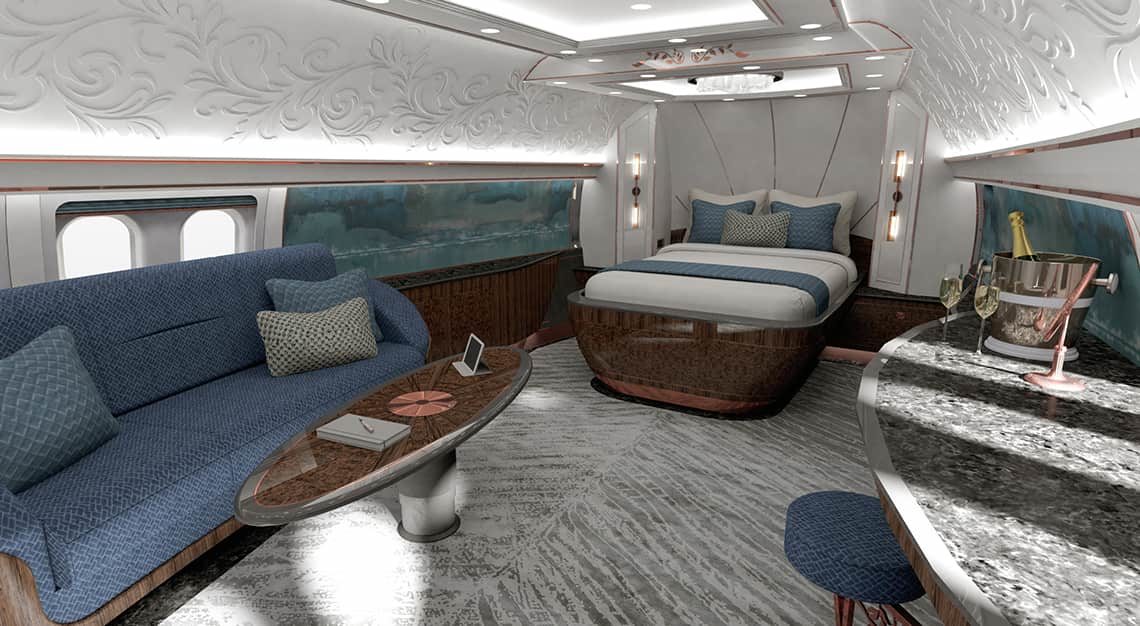

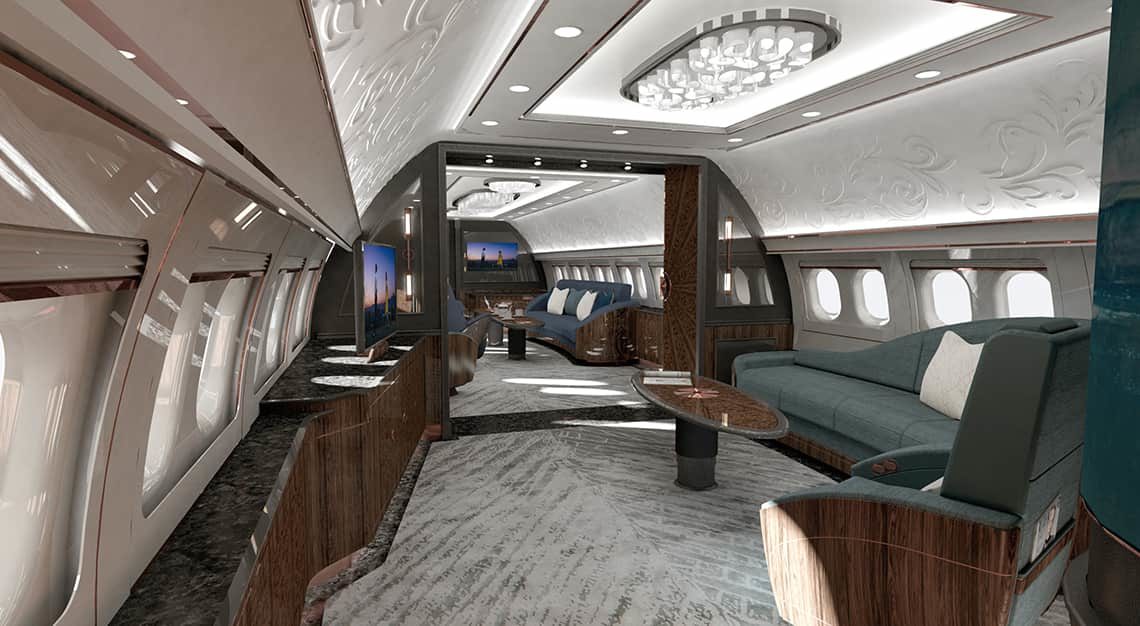
Hovering Homes
But it’s not just size that has taken a different turn. The interiors, too, will see something new. The private aviation industry is finally following the footsteps of luxury cruise liners and yachts, offering more residential-style interiors. While it has been a long time coming, the delay could perhaps be attributed to the extensive safety concerns involved with air travel as opposed to nautical escapades, where there’s a need to consider the use of air masks, sturdy buckles and life jackets in case a flight goes south. Comfort, ultimately, has to go hand-in-hand with security.
Jeremie Caillet, vice president for VIP completion programmes at Jet Aviation, shares: “We are seeing a change in the way customers use their VVIP aircraft. The mind-set is shifting from ‘business tool’ to ‘lifestyle experience’.”
When it comes to the interior design, intimacy, familiarity and serenity are emphasised over exquisite and extravagant details. Caillet says: “We see an increased focus on ergonomics, moving towards a simple, uncluttered, more ‘liveable’ environment, where attention is focused on the subtle use of colours and materials to achieve the desired aesthetic. This could be using bespoke art or metal finishes, creating the illusion of free-standing furniture, and atmospheric lighting via decorative lamps or spot lighting.”
To cater to clients with more advanced digital needs, “it is necessary to incorporate new technologies such as wireless charging”, says Ron Soret, vice president and general manager of Aeria Luxury Interiors, ST Engineering’s VIP completions unit. “We anticipate growing demands for a stronger and more reliable Wi-Fi network, uninterrupted video streaming and conference calls that are clear and crisp.”
Caillet adds: “Visible technology is no longer at the forefront. Rather, the latest innovations are cleverly integrated, with traditional switches concealing advanced lighting options, and screens concealed behind artworks.”
